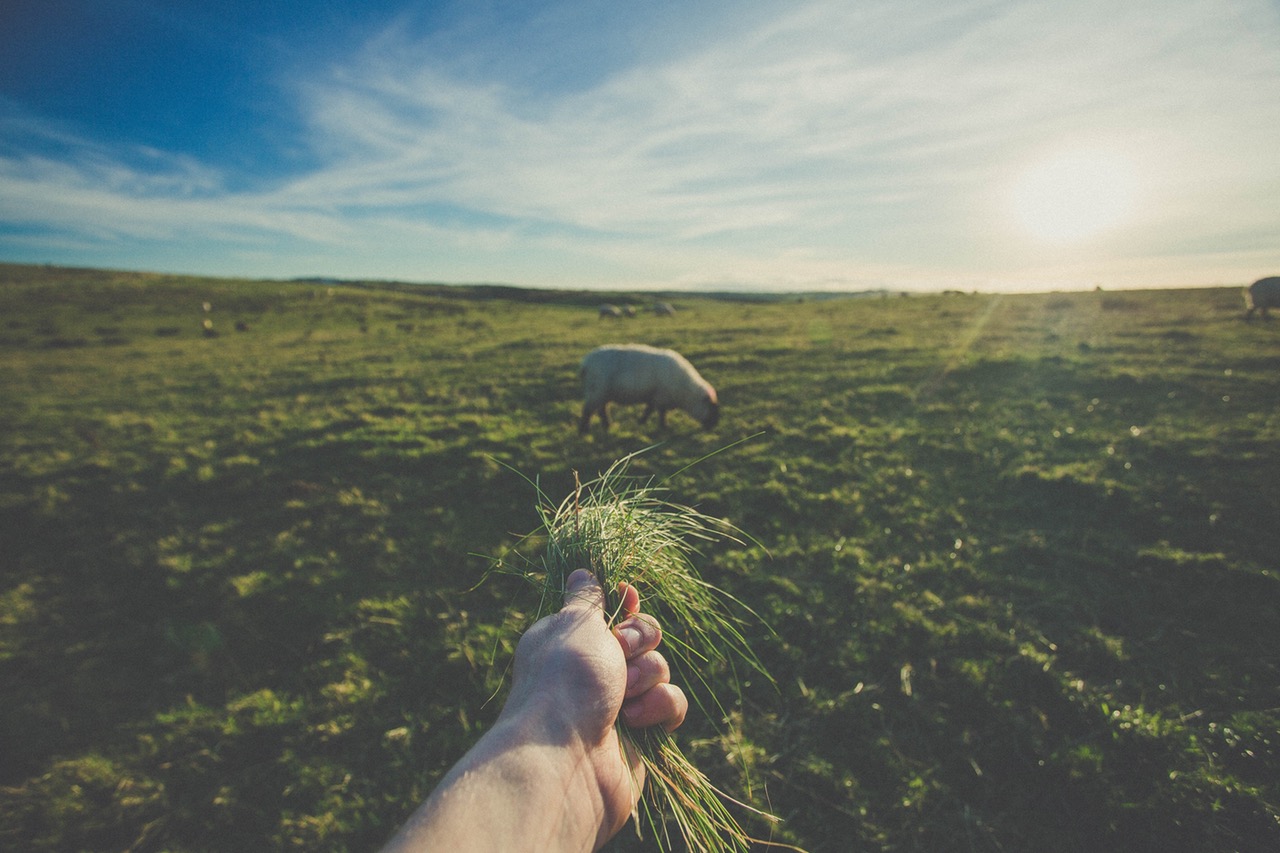Adding Animals Adds Profit, Organic Matter for North Dakota Farm
Author: Laurie Bedord | Date Published: May 31, 2017
The quality of food Paul Brown raises hinges on the quality of the soil on which it is grown.
“When my parents purchased the farm from my grandfather in 1991, the soil’s organic matter ranged from 1.7% to 1.9%,” he says. “Four years of crop failure and nearly going broke got my dad thinking outside the box. He began growing multispecies crops, expanding crop rotation, and eventually growing cover crops to diversify and build the soil’s resiliency.”
From a very young age, cattle were part of life on the farm for Brown. “We always had about 250 pairs grazing the land, and we marketed directly to consumers,” he says.
It wasn’t until he returned to the farm in 2010, after graduating from North Dakota State University, that the idea for diversifying this part of the business also took shape.
“These soils developed over thousands of years with grazing animals rotating throughout the landscape,” says the 29-year-old. “The longer we can keep land and livestock integrated, the healthier our soils will be. If we can mimic the template nature laid out for us, we will continue to build the resilience back into the ecosystem that was damaged.”
HENS AND MORE
His first year back, Brown invested in 100 laying hens, which follow cattle on pasture. A mobile chicken coop serves as a place for the birds to lay eggs, roost, and take refuge at night.
“I started with hens because they are relatively low cost,” he says. “Since I had never raised hens before, I wouldn’t have gone broke if it was a complete debacle.”
Grazing is supplemented with grain by-products. “We do some grain cleaning and sell cover crop seed. Those screenings are fed to the hens. We are turning a waste product into eggs we can sell. Once you start to build enterprises that are feeding off each other, that is where a lot of profitability comes in,” Brown says.
Looking to find a market for his eggs, he connected with a local CSA (community supported agriculture) group.
“I was exposed to 125 potential customers,” he says. “Most of them ended up buying from me and still do. It was a great product to introduce to customers because they are willing to pay $5 for a dozen eggs.”
Today, his flock has grown to over 1,000 laying hens. Once customers realized how good the eggs were, demand grew for other offerings.
“In 2013, I added hair sheep. I started with 20 ewe lambs and a ram,” he says. “I am up to 150 ewes now. A year later, I added six sows and a boar and have 25 Berkshire and Tamworth sows farrowing out today. Pigs are raised on pasture and fed non-GMO grains grown on the ranch.”
Integrating a variety of animals has flourished into a successful business. It has also paid dividends in bolstering organic matter, which is close to 7% today.
“Knowing what I know now, I think I can reach 12% by the time I retire,” Brown says.

